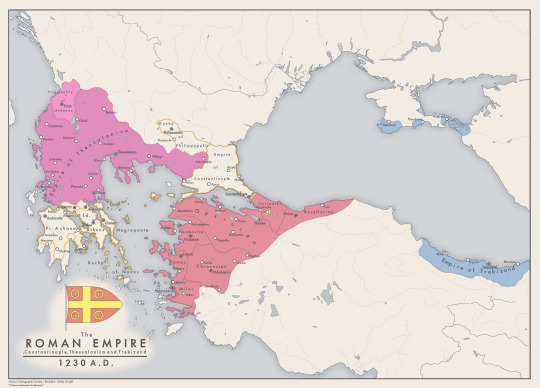Photo

Linguistic Map of Central Italy in the 6th Century BC
128 notes
·
View notes
Text
Roman marble 🤝 Blobfish
Being seen in pop culture as the damaged version of yourself rather than how you looked like in your original environment
9K notes
·
View notes
Text

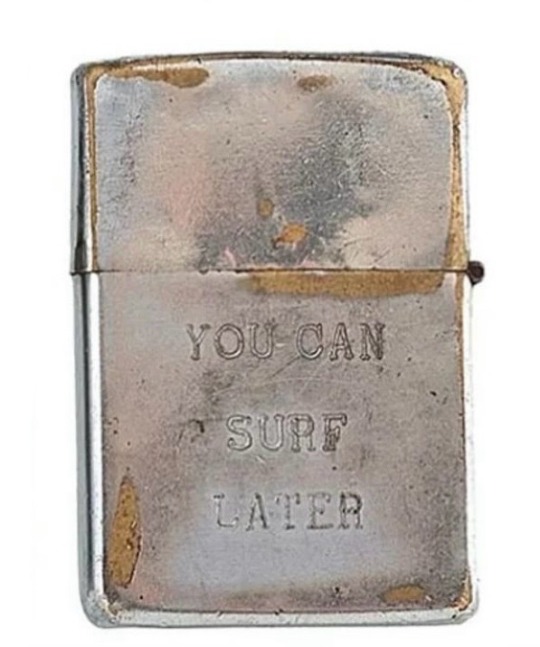








Engraved Zippo lighters owned by American soldiers during the Vietnam War (1955-1975)
934 notes
·
View notes
Text
Okay, so:
Latin has this word, sic. Or, if we want to be more diacritically accurate, sīc. That shows that the i is long, so it’s pronounced like “seek” and not like “sick.”
You might recognize this word from Latin sayings like “sic semper tyrannis” or “sic transit gloria mundi.” You might recognize it as what you put in parentheses when you want to be pass-agg about someone’s mistakes when you’re quoting them: “Then he texted me, ‘I want to touch you’re (sic) butt.’”
It means, “thus,” which sounds pretty hoity-toity in this modren era, so maybe think of it as meaning “in this way,” or “just like that.” As in, “just like that, to all tyrants, forever,” an allegedly cool thing to say after shooting a President and leaping off a balcony and shattering your leg. “Everyone should do it this way.”
Anyway, Classical Latin somewhat lacked an affirmative particle, though you might see the word ita, a synonym of sic, used in that way. By Medieval Times, however, sic was holding down this role. Which is to say, it came to mean yes.
Ego: Num edisti totam pitam?
Tu, pudendus: Sic.
Me: Did you eat all the pizza?
You, shameful: That’s the way it is./Yes.
This was pretty well established by the time Latin evolved into its various bastard children, the Romance languages, and you can see this by the words for yes in these languages.
In Spanish, Italian, Asturian, Catalan, Corsican, Galician, Friulian, and others, you say si for yes. In Portugese, you say sim. In French, you say si to mean yes when you’re contradicting a negative assertion (”You don’t like donkey sausage like all of us, the inhabitants of France, eat all the time?” “Yes, I do!”). In Romanian, you say da, but that’s because they’re on some Slavic shit. P.S. there are possibly more Romance languages than you’re aware of.
But:
There was still influence in some areas by the conquered Gaulish tribes on the language of their conquerors. We don’t really have anything of Gaulish language left, but we can reverse engineer some things from their descendants. You see, the Celts that we think of now as the people of the British Isles were Gaulish, originally (in the sense that anyone’s originally from anywhere, I guess) from central and western Europe. So we can look at, for example, Old Irish, where they said tó to mean yes, or Welsh, where they say do to mean yes or indeed, and we can see that they derive from the Proto-Indo-European (the big mother language at whose teat very many languages both modern and ancient did suckle) word *tod, meaning “this” or “that.” (The asterisk indicates that this is a reconstructed word and we don’t know exactly what it would have been but we have a pretty damn good idea.)
So if you were fucking Ambiorix or whoever and Quintus Titurius Sabinus was like, “Yo, did you eat all the pizza?” you would do that Drake smile and point thing under your big beefy Gaulish mustache and say, “This.” Then you would have him surrounded and killed.
Apparently Latin(ish) speakers in the area thought this was a very dope way of expressing themselves. “Why should I say ‘in that way’ like those idiots in Italy and Spain when I could say ‘this’ like all these cool mustache boys in Gaul?” So they started copying the expression, but in their own language. (That’s called a calque, by the way. When you borrow an expression from another language but translate it into your own. If you care about that kind of shit.)
The Latin word for “this” is “hoc,” so a bunch of people started saying “hoc” to mean yes. In the southern parts of what was once Gaul, “hoc” makes the relatively minor adjustment to òc, while in the more northerly areas they think, “Hmm, just saying ‘this’ isn’t cool enough. What if we said ‘this that’ to mean ‘yes.’” (This is not exactly what happened but it is basically what happened, please just fucking roll with it, this shit is long enough already.)
So they combined hoc with ille, which means “that” (but also comes to just mean “he”: compare Spanish el, Italian il, French le, and so on) to make o-il, which becomes oïl. This difference between the north and south (i.e. saying oc or oil) comes to be so emblematic of the differences between the two languages/dialects that the languages from the north are called langues d’oil and the ones from the south are called langues d’oc. In fact, the latter language is now officially called “Occitan,” which is a made-up word (to a slightly greater degree than that to which all words are made-up words) that basically means “Oc-ish.” They speak Occitan in southern France and Catalonia and Monaco and some other places.
The oil languages include a pretty beefy number of languages and dialects with some pretty amazing names like Walloon, and also one with a much more basic name: French. Perhaps you’ve heard of it, n'est-ce pas?
Yeah, eventually Francophones drop the -l from oil and start saying it as oui. If you’ve ever wondered why French yes is different from other Romance yeses, well, now you know.
I guess what I’m getting at is that when you reblog a post you like and tag it with “this,” or affirm a thing a friend said by nodding and saying “Yeah, that”: you’re not new
40K notes
·
View notes
Text
“Stranger, what I say is short. Stand and read over it. This is the hardly beautiful tomb of a beautiful woman. Her parents called her Claudia. She loved her husband with all her heart. She had two sons, one of whom she leaves on earth, the other she placed under it. With pleasant conversing but respectable gait she cared for her home and made wool. I have spoken. Move along.”
Roman epitaph CIL 06.15346
x
3K notes
·
View notes
Note
It seems wild to me that Elton John was allowed to perform in USSR?
It was wild for sure! I looked it up, it's such an interesting historical event (and I do love Elton John). Some interesting facts:
Apparently the person who invited EJ to the USSR and made it all happen was a nephew of Aleksey Kosygin (then the Premier of the USSR). Elton did want to visit the USSR and asked the embassy about it, but I'm sure that a big name would have to be involved to bypass the bureaucracy machine.
Elton gave eight concerts in total, four in Moscow and four in Leningrad. The bulk of the tickets in Moscow were distributed among nomenklatura. There was no free sale of tickets. Some tickets were privately exchanged for luxury goods like Armenian cognac or fur coats. A small fraction of tickets was available on the black market, and the price was as high as a month's salary (100-150 roubles). In Leningrad the ticket situation was a little easier (less nomenklatura in the city), but the demand was crazy. Fans flooded the city. People signed up through designated social Soviets and queued for days (and nights) in advance to have a chance at buying a ticket.
Elton brought 11 tonnes of equipment. Such quality of light and sound was unfamiliar to the Soviet people. He also brought along 30 journalists.
Here's the film about EJ's visit. And here's an audio record of one of the Moscow concerts (it was released in 2019).
287 notes
·
View notes
Text
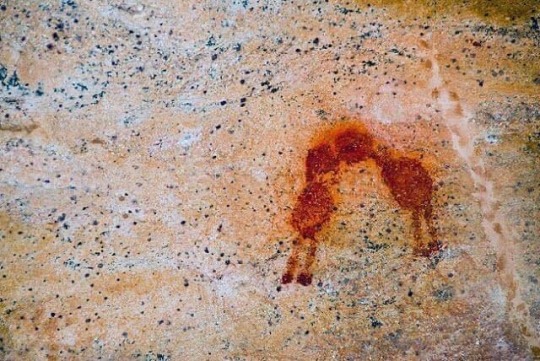
"The Kiss", a 12,000-year-old rock painting at Pedra Furada in Brazil
24K notes
·
View notes
Text
hey don't be sad. deeply silly 18th century Iranian bird scissors.




(source: benaki museum, auction)
35K notes
·
View notes
Photo

Timeline and map of the Seven Wonders of the Ancient World
Dates in bold green and dark red are those of their construction and destruction, respectively.
467 notes
·
View notes
Text
mods are asleep post eastern greek vase in the shape of a leg archaic period 590-580 BC

1K notes
·
View notes
Text


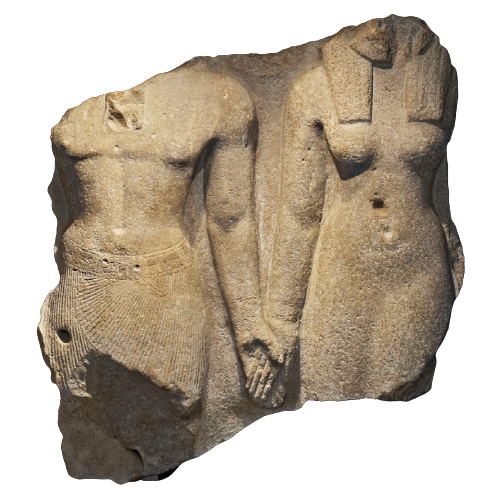

holding hands
raised hands of great finesse, kom ombo temple - egypt // holding hands, persepolis - iran // egyptian colossal of ramesses II and the goddess sekhmet // temple of horus at edfu
61K notes
·
View notes
Text
Sieges!
For all the strange eccentricities of modern cinema and its accompanying cultural impact, no part of historical media irks me more than portrayals of sieges. What is a siege? You have a stronghold of people, you want that stronghold gone, so you surround the city to stop food from entering it. Cities aren’t self sufficient, so it generally surrenders before starving to death.
That is the reality of sieges. Catapults and wall fighting do happen, but not before the best part of siege warfare.
https://www.livius.org/sources/content/thucydides-historian/siege-of-plataea/
Read this account of the siege of Plataea during the Pelopponesian war, or don’t, and to get my point search on this page for the word “mound." In this short passage, that word appears 16 times. Sieges were all about putting pressure on the inhabitants. To do that, you built a ramp of dirt and timber up the wall. Defenders would reply in kind by building their walls higher, but it was more a war of engineering than of fighting.
One of the classic instances of this is the Siege of Masada, during which Titus (son of Vespasian) built a ramp of truly monumental size. Check it out here:

See that ramp on the right side? That is man made, something which survives 2000 years later because of its sheer scale.
The Romans were exceptionally good at sieges, primarily because their armies were part heavy infantry fighting force and part engineering corps. Need a road or highway built? Call on the legions, they could use the enrichment anyway.
As in all things, there are exceptions to this, and just like all history, if you make enough generalizations it becomes meaningless. But, I think this one is fairly defensible all things considered.
Here's another example of a Roman siege, the siege of Alesia in central France:
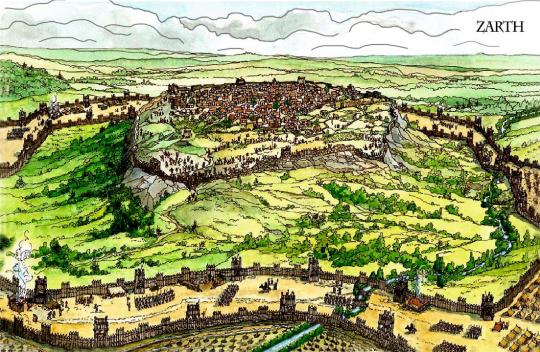
So go out and simulate an ancient Roman siege by yourself by digging a trench! It's fun! (it isn't)
Thanks for reading, and thanks especially to the image sources. I had serious trouble locating the sources for these two images, so reverse google search to try on your own.
1 note
·
View note
Text
Trying to find a good map of the Holy Roman Empire at a specific point in time is fighting the forces of mediocre map making, misinformation, and oversimplification all at once. Is anyone there to witness the titanic struggle of fact-checking obscure principalities? If so, they aren't very interested, but may God bless all cartographers and map-makers. They make political history 10 times more interesting.
0 notes


